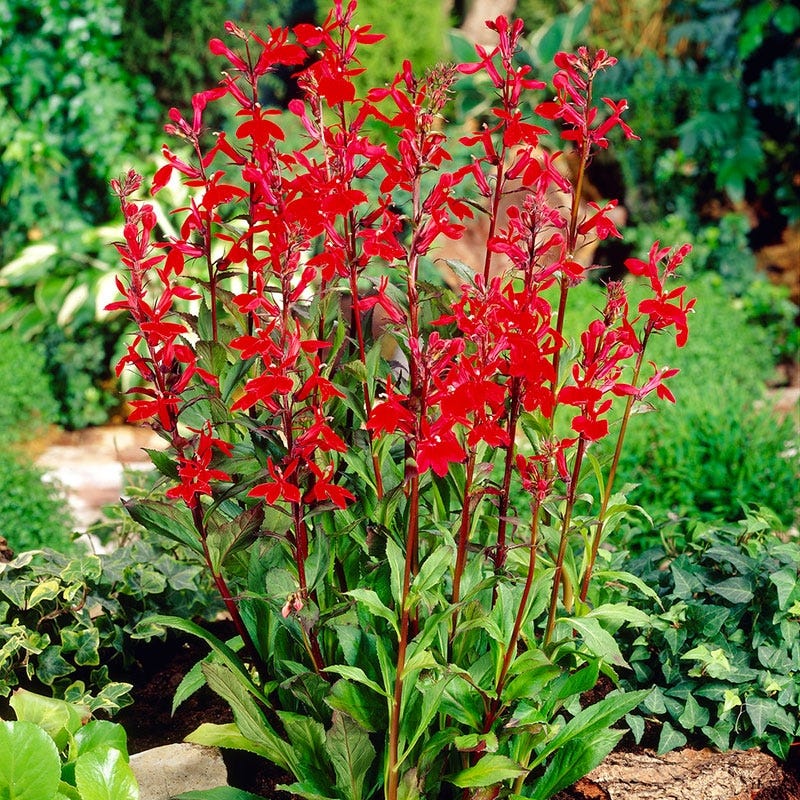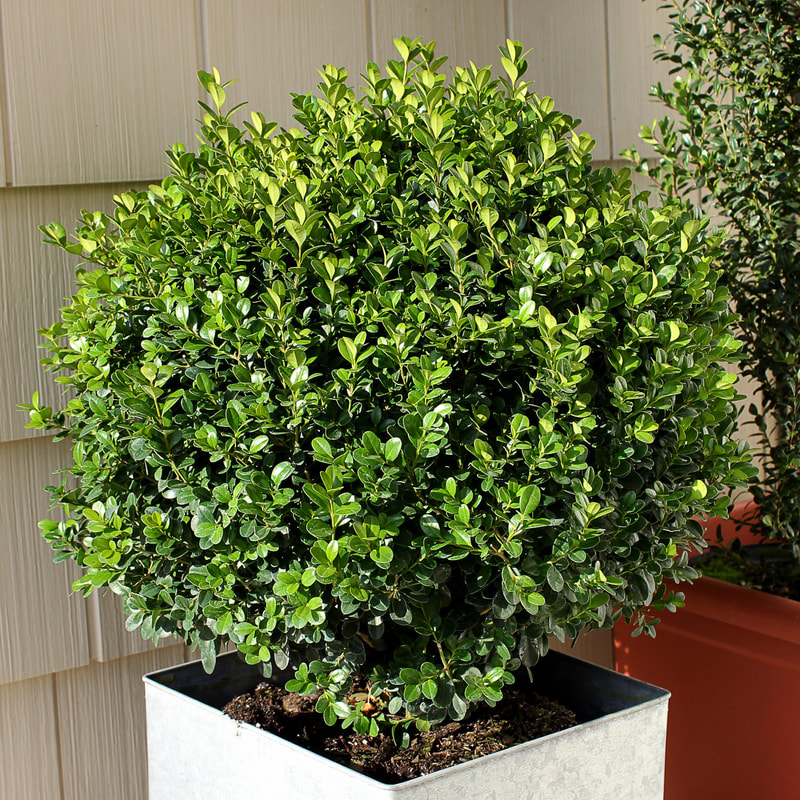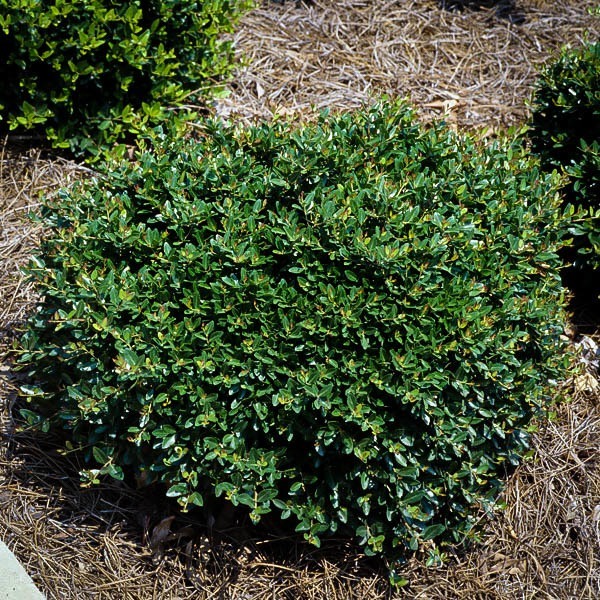|
When summer temps and humidity peak, it’s helpful to have a shady spot in your yard. If you don’t already have such a space, now is a great time to do something about it. Start by walking around your yard and observing those shady nooks and crannies created by large trees, house shadows, or large urban buildings if you are a city-dweller. Is there a certain time of day where your space gets cooling shade? How long does this particular area stay cool? Our blogs on creating garden rooms will give the basics on how to create a special retreat space. This blog focuses on turning the challenges of shade into opportunities. Following are tips for transforming your shady area into a lovely, inviting space. Begin With Purpose Create a purpose for the space. Ask yourself: Do I want to sit and read? Entertain? Eat breakfast? Improve curbside appeal? Or just view the space from my kitchen window? Answers to these questions determine seating, focal points and plant selection. A reading space requires comfortable seating. A space viewed from the house has a focus on seasonal interest, especially winter interest. A shady, front area under a large tree should tie into the rest of the foundation planting by repeating color, plants, and texture from the other parts of the yard. Repeating garden elements ties the space together. In addition to choosing similar plants, repetition can also be achieved with garden benches from the same furniture line, pots of the same color, and pieces of art. Don’t Plant Wimps
Shed Some Light Plant selection is key to your success, and is driven by soil and light. If your shade is created by towering trees or urban buildings, you will be dealing with large roots, clean building fill, and poor soil. Your glass is half full, not half empty. With careful research or help from a professional, you will discover ways to reclaim this space. Observe the light conditions. If you have dappled shade versus deep shade, your plant selection will increase even with just a little sun. Pruning a tree by heightening it’s canopy and thinning will not only give the tree a lovely shape, but also shed a little light on the plants below. Create Cohesiveness
Lighten Up Those Shadows
Rocks, Roots, Mulch and Poor Soil Soil amendments and mounding beds will help improve soil. If you’ve lost plants and nothing (not even weeds) grow in your shady spot, be sure to get a soil test. Your soil test may recommend improving soil with amendments. Organic amendments include sphagnum peat (non renewable), wood chips, worm castings, grass clippings, straw, compost, manure, biosolids, sawdust and wood ash. Inorganic amendments include vermiculite, perlite, tire chunks, pea gravel and sand. Preserve the health of your large trees by never mounding soil or mulch around the base of your tree. For information on volcano mulching please read our blog. Landscaping fabric discourages healthy soil. Soil is living and it's health requires the free movement of worms and bugs. Landscaping fabric also inhibits the spreading of perennials and shrubs. If you have a weed or invasive species problem, minimize chemical use by laying thick layers of newspaper or cardboard under the mulch. This will help suffocate plants and eventually decompose. Believe It Or Not, Beware Of Heat If you live in an urban garden, your space is protected from winds and you can often experiment with plants that grow in a higher hardiness zone. The benefit is that you can enjoy greater plant diversity than your suburban neighbors. However, be cautious and observant of the impact radiant heat has on shade-loving plants. Keep shrubs away from dryer vents. The heat from various home vent systems prevents dormancy or wakes a plant up too early in the spring. This damages and sometimes kills shrubs. Perennials are often o.k. in soil planted beneath a vent. We got into lots of detail with this blog on creating a sanctuary in the shade. Our hope is that you will understand that the challenges of designing and maintaining a pretty shade garden are fairly minimal. And just think of the payoff! A cool spot to drink iced tea with a friend. Enjoy!
Learn more about designing your garden or landscape visit our blog menu and read about bones of the garden, creating garden rooms, and color inspiration for your containers.
0 Comments
Your comment will be posted after it is approved.
Leave a Reply. |
Thank you for finding us! Holly and I have collaborated to bring you informative, fun, and seasonal garden inspiration blogs.
Subscribe to receive our blogs on the 1st and 15th of the month--Gwen Follow my landscape & garden design Pinterest Page to see more pics, inspiration and Gwen's home garden journey!
AuthorsGwen Wisniewski: Landscape and Garden Designer. Contact me. Let me help you integrate these garden inspirations. Choose the links below to find out more about my landscape design service or to make an appointment. |





























 RSS Feed
RSS Feed